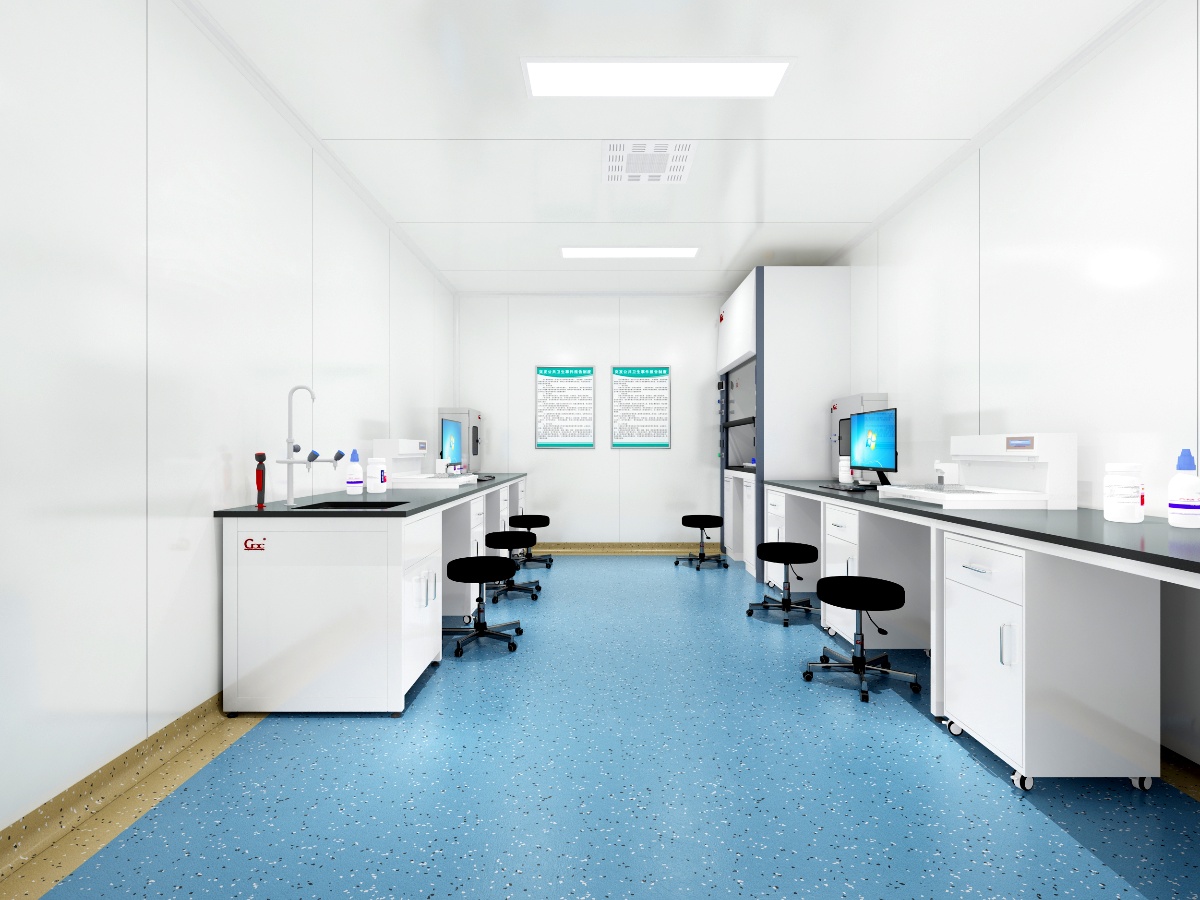The Critical Role of Cleanroom Environments in Pathology Laboratories | Ensuring Diagnostic Accuracy
Explore why a controlled cleanroom environment is vital for pathology labs. Learn how air quality and contamination control directly impact specimen integrity and prevent diagnostic errors. Essential reading for pathology professionals.
I. The Direct Impact of Air Quality on Specimen Integrity
Airborne contaminants, including dust, fibers, and microbial agents, pose a significant threat to pathological specimens. These particles can easily settle on exposed tissue during grossing or adhere to glass slides during staining procedures.
Active Example: “During microtomy, a single dust particle can cause tearing in the tissue section, compromising the entire sample for evaluation.”
Furthermore, this contamination leads to artifacts that can obscure cellular morphology or, worse, be misinterpreted by the pathologist. For instance, foreign fibers might be mistaken for fungal hyphae, potentially leading to a false-positive diagnosis. Therefore, controlling the laboratory’s air quality directly safeguards diagnostic precision.

II. Implementing Effective Contamination Control Strategies
To mitigate these risks, laboratories must adopt a multi-faceted approach. This strategy combines engineering controls with rigorous operational protocols.
A. Engineering Controls: HEPA Filtration and Airflow
First and foremost, High-Efficiency Particulate Air (HEPA) filtration systems form the foundation of a pathology cleanroom. These systems actively remove at least 99.97% of particles 0.3 micrometers in diameter. Moreover, designing the HVAC system to provide laminar airflow over critical workstations, such as the grossing bench, effectively sweeps particles away from the specimen.
B. Operational Protocols: Aseptic Technique and Zoning
However, technology alone is insufficient. Laboratory personnel must adhere to strict aseptic techniques. These practices include wearing appropriate personal protective equipment (PPE) and minimizing movement that could disturb settled particles.
Additionally, laboratories benefit significantly from segregating high-risk activities. Placing grossing stations in a separate, negative-pressure area, for example, contains aerosols and prevents cross-contamination with other sensitive areas like the staining or molecular pathology sections.
III. The Consequences of Neglect: From Analytical Errors to Patient Impact
Failure to maintain a clean environment carries serious consequences. Contaminated reagents can cause batch-wide staining artifacts, invalidating results for numerous patient samples simultaneously. In molecular testing, airborne nucleases can degrade genetic material, leading to false negatives and failed assays.
Ultimately, these pre-analytical variables introduce unacceptable levels of diagnostic uncertainty. A commitment to a cleanroom environment, therefore, is a direct commitment to patient safety and high-quality care.
Conclusion: An Investment in Diagnostic Confidence
In conclusion, a well-maintained cleanroom is an indispensable asset for any pathology laboratory dedicated to diagnostic excellence. By proactively controlling airborne particulates through HEPA filtration and enforcing strict aseptic protocols, laboratories protect the integrity of every sample. This commitment not only minimizes diagnostic errors but also strengthens the foundation of trust upon which effective patient care is built. Investing in a cleanroom environment is, unequivocally, an investment in unwavering diagnostic confidence.